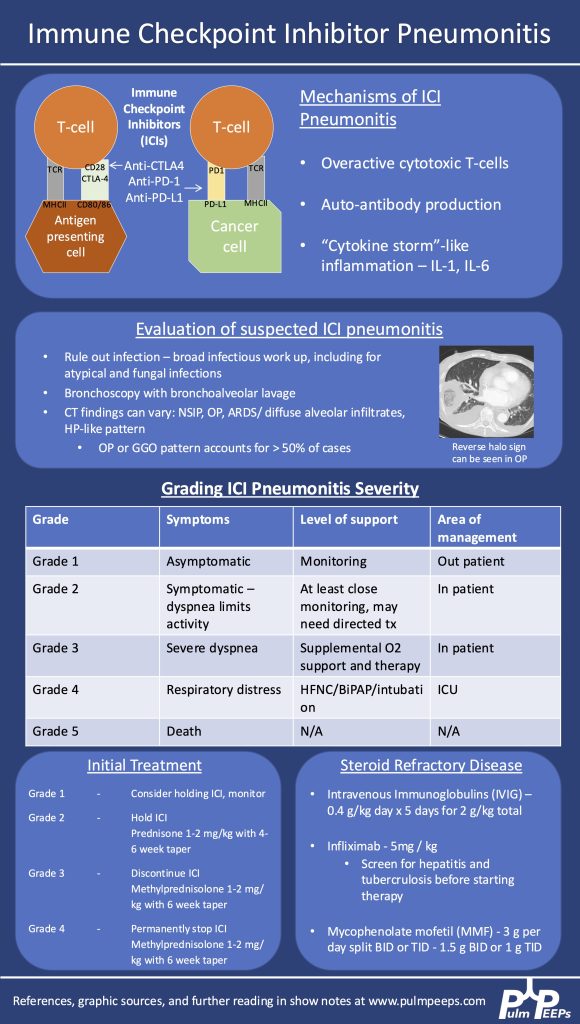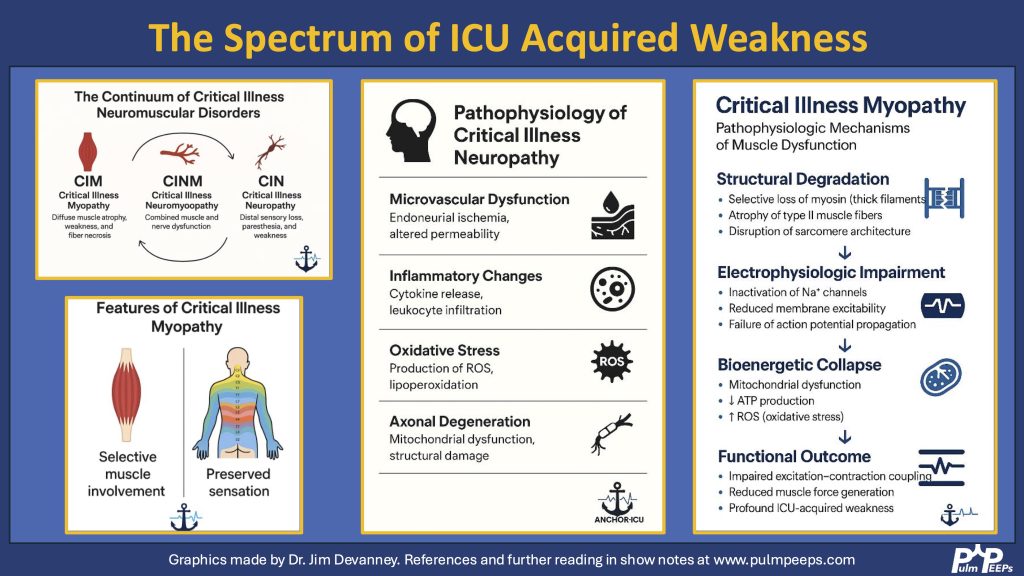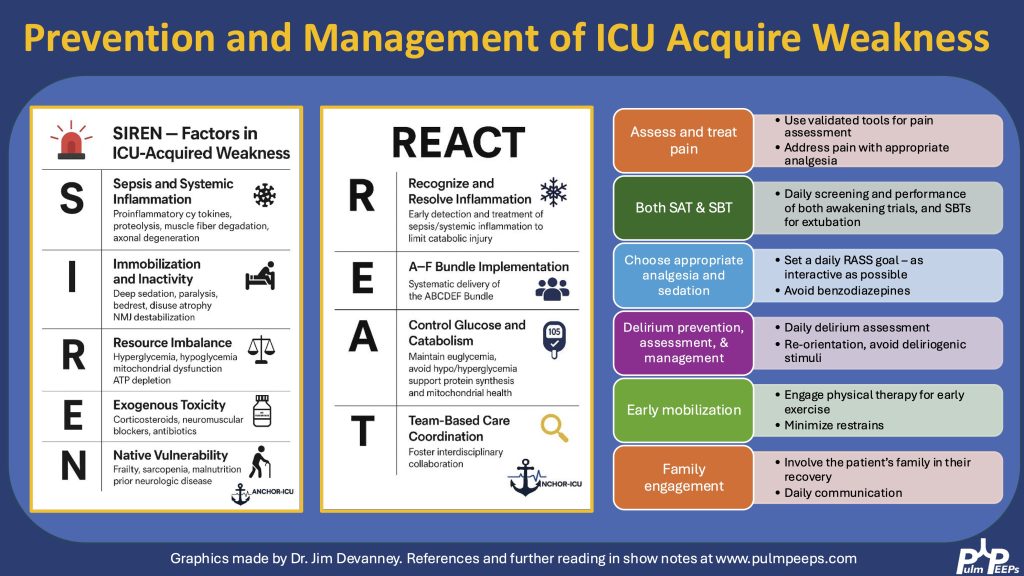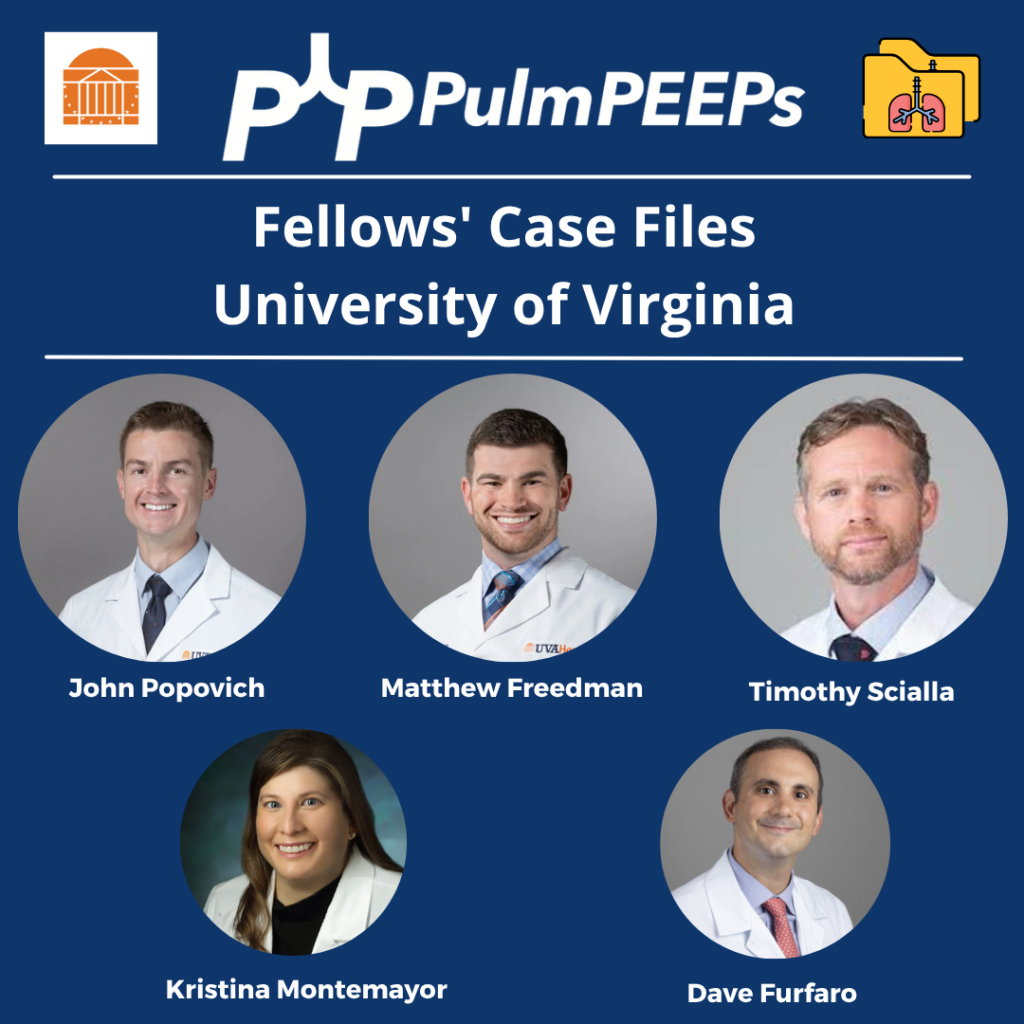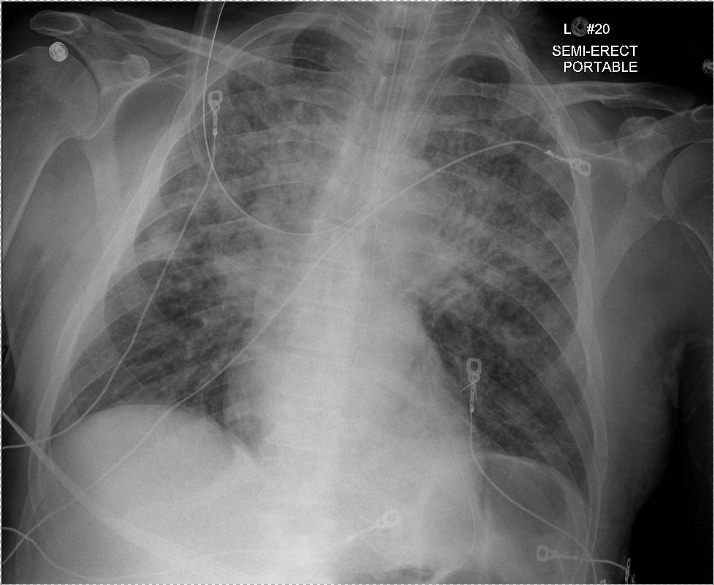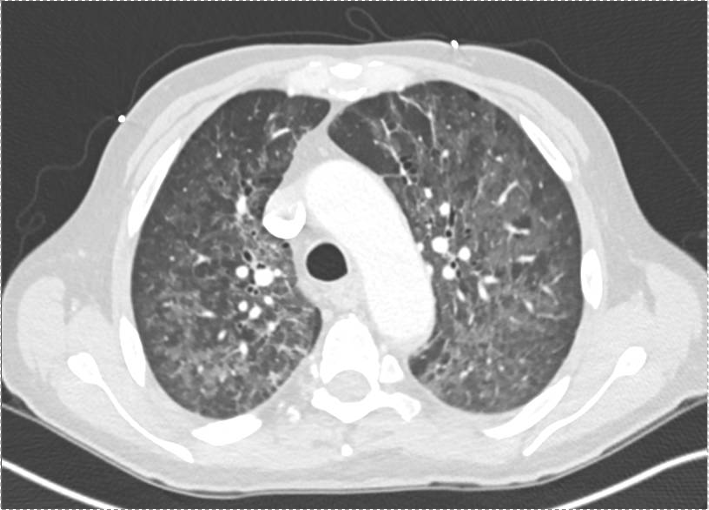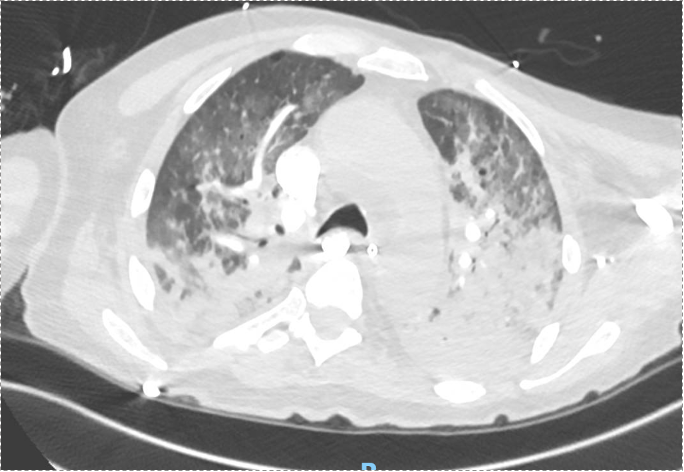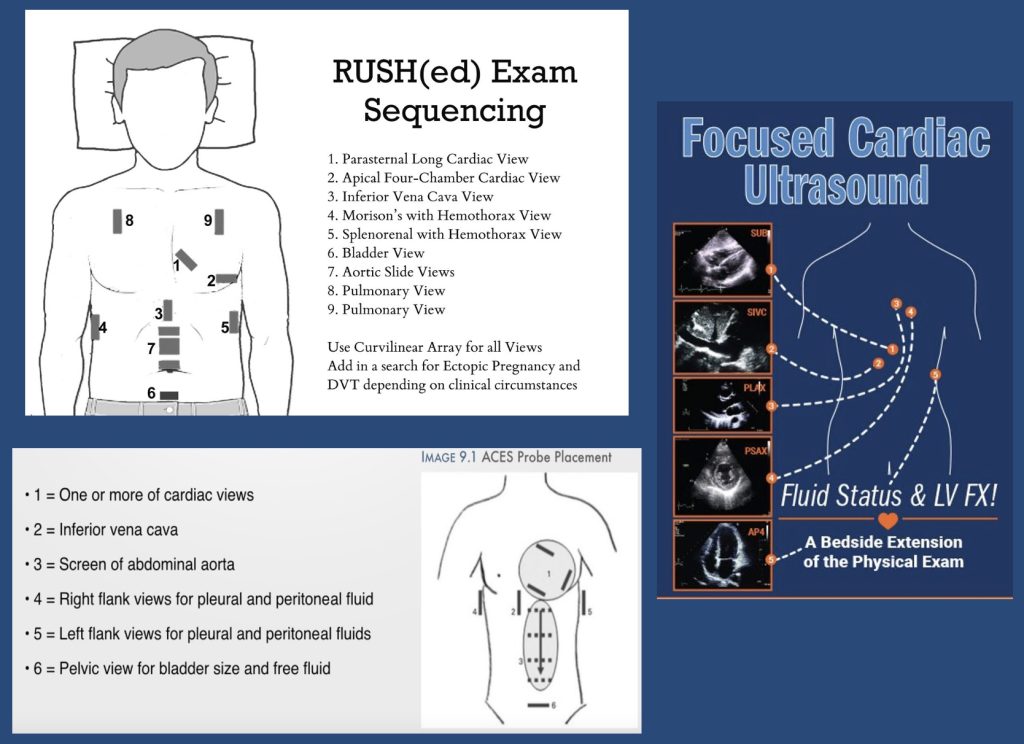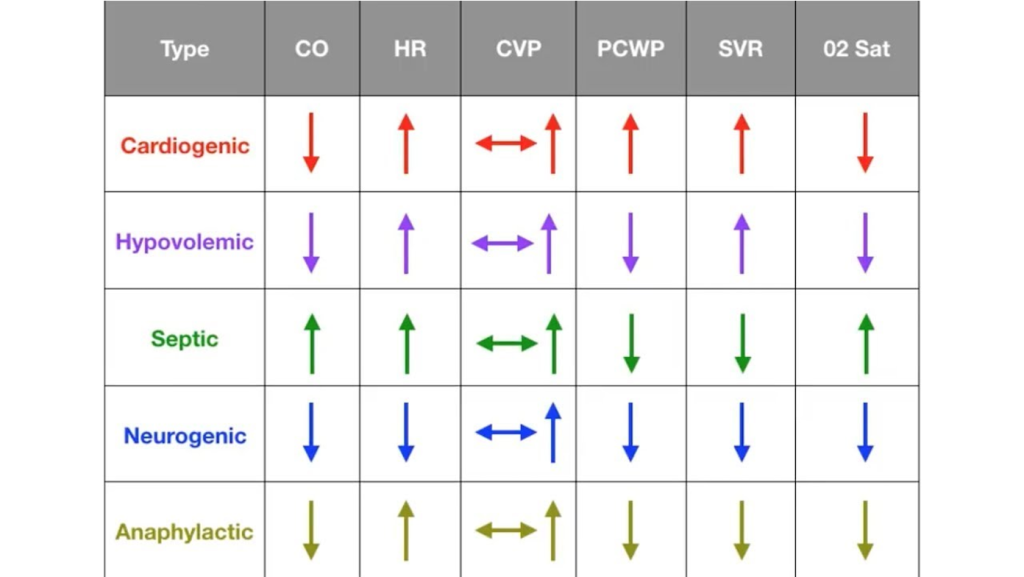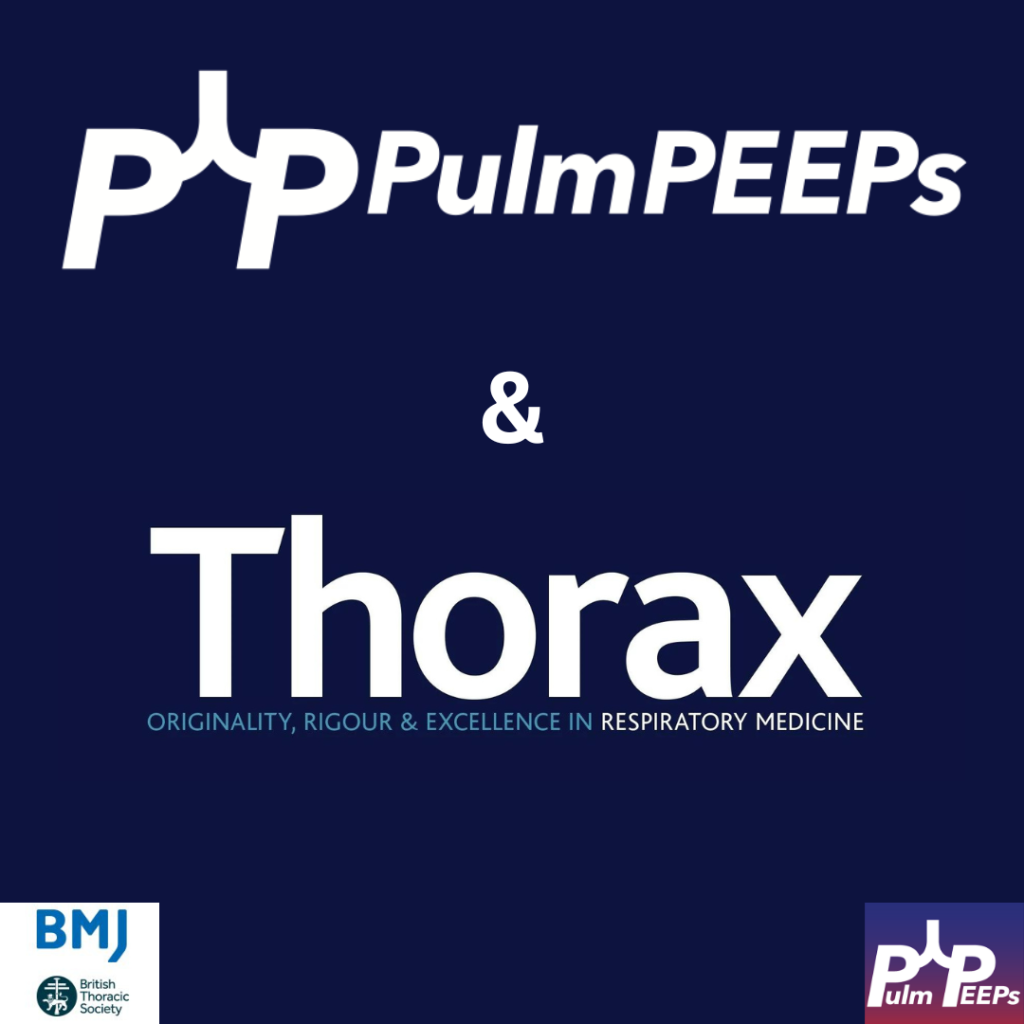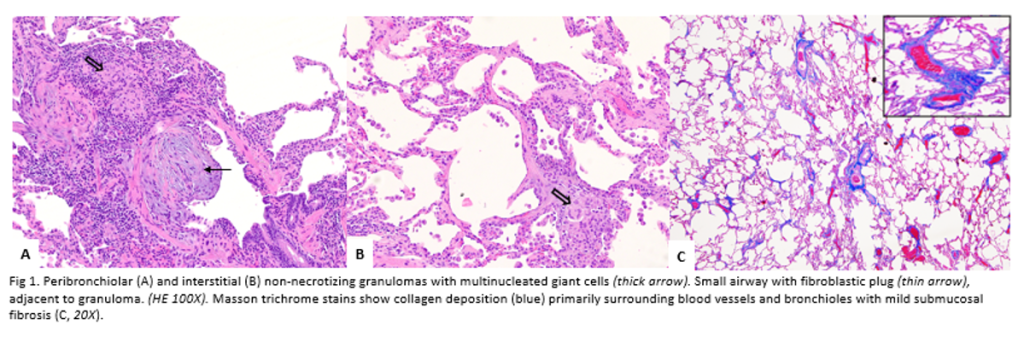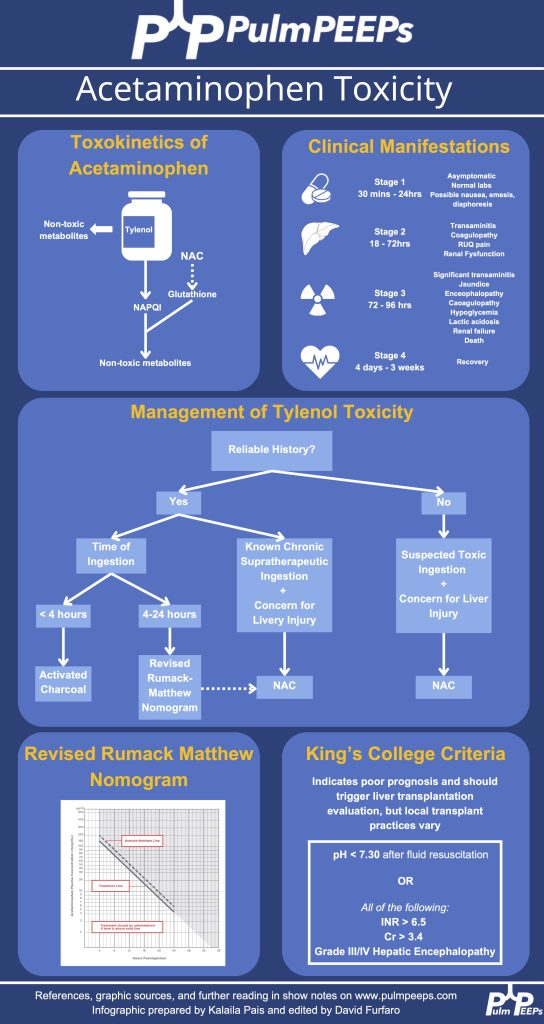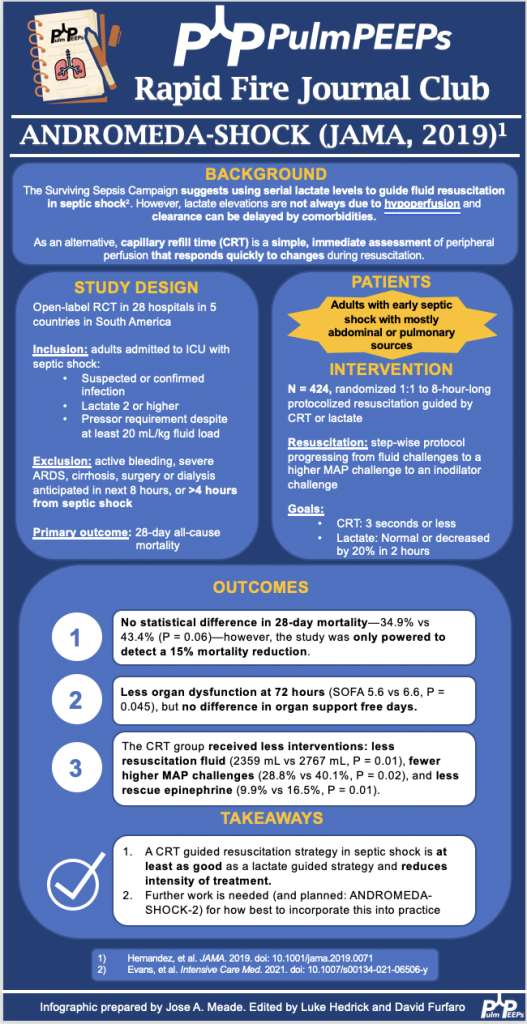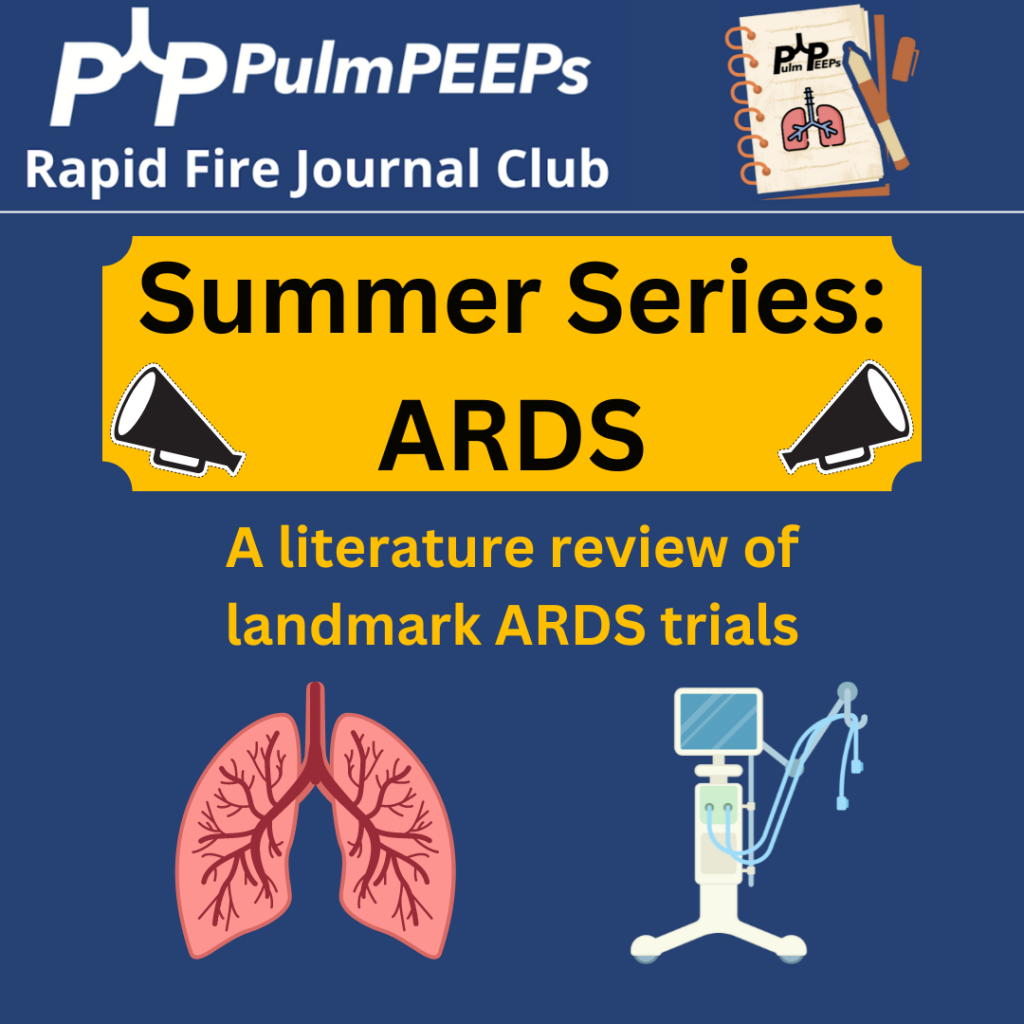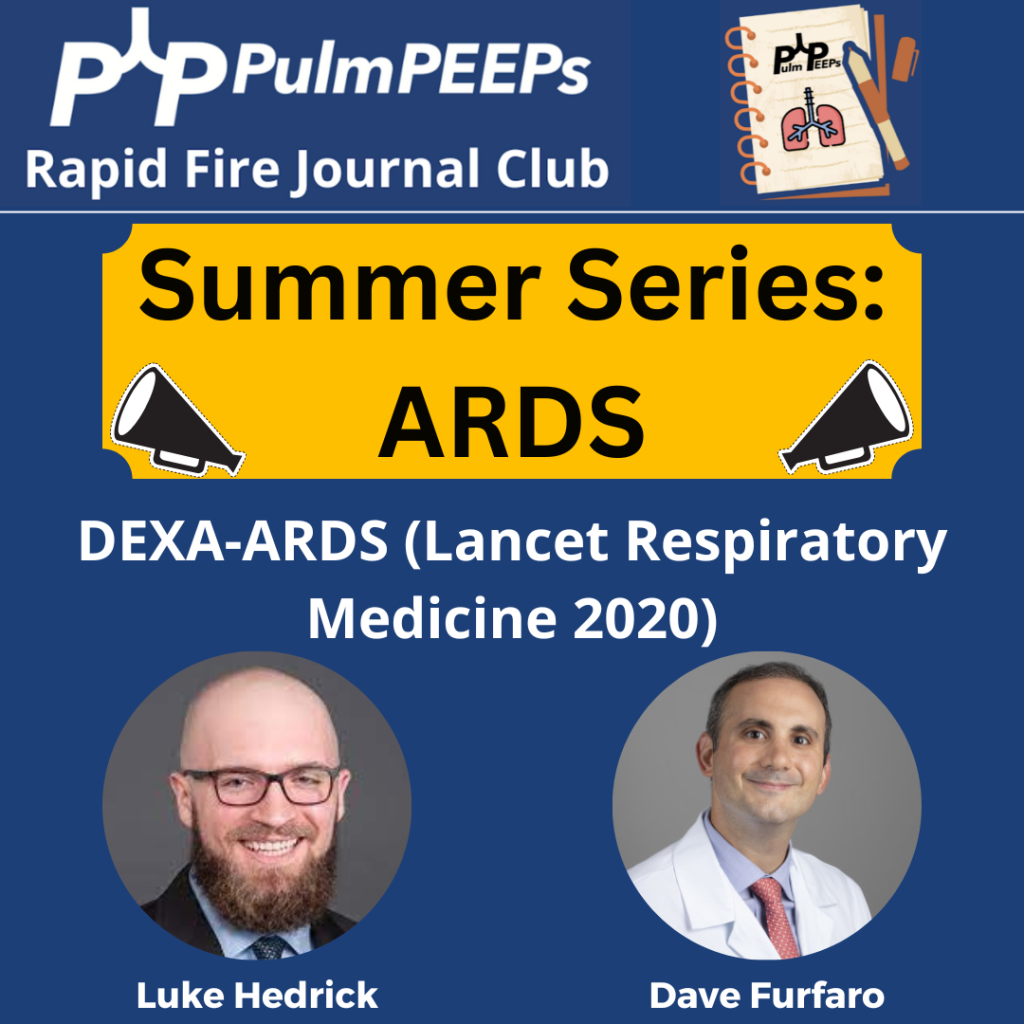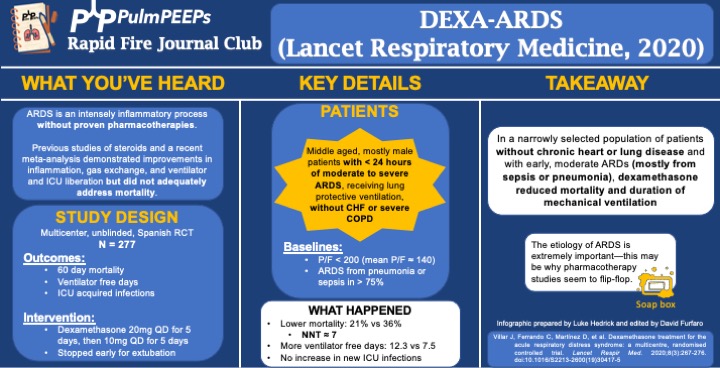Furf and Monty are back today with another Pulm PEEPs Pearls episode, and discussing the use of methylene blue for patients with septic shock. They review the clinical scenarios when this comes up, the mechanism, some key data, and some take aways, all in 15 minutes! Let us know any other topics you’d like covered on the show and make sure to like, give us 5 stars, and subscribe wherever you’re listening to this podcast.
This episode was prepared in conjunction with George Doumat MD. Goerge is an internal medicine resident at UT Southwestern and joined us for a Pulm PEEPs – BMJ Thorax journal club episode. He is now acting as a Pulm PEEPs Editor for the Pulm PEEPs Pearls series.
Key Learning Points
- Clinical context: when does methylene blue even come up?
- This is not a first-line sepsis drug.
- It’s considered in catecholamine-refractory vasoplegic septic shock, typically when:
- Norepinephrine is at high dose
- Vasopressin is on board
- Often a 3rd or 4th vasopressor is being used (e.g., phenylephrine, angiotensin II)
- The phenotype is strongly vasodilatory/vasoplegic (warm, distributive shock) rather than primarily cardiogenic.
- Mechanism of action (why it might help)
- Methylene blue:
- Inhibits inducible nitric oxide synthase and guanylate cyclase.
- Blunts excess nitric oxide and cyclic GMP–mediated vasodilation, which are key in vasoplegic sepsis.
- Practical translation:
- It restores vascular tone and can make the vasculature more responsive to catecholamines.
- It’s also used in post-CPB vasoplegia (e.g., after cardiac surgery, especially in patients on ACE inhibitors) and has migrated from that world into ICU sepsis practice.
- Typical dosing strategy (as described in the episode)
- Common approach:
- 1–3 mg/kg IV bolus, then
- Reassess hemodynamics (MAP, dynamic perfusion markers).
- If there’s a response, consider a continuous infusion or repeat bolus.
- Key nuance: unlike other pressors that start as drips, methylene blue is often trialed as a bolus first to see if it’s doing anything.
- What does the evidence suggest?
Most data are from small, single-center, heterogeneous studies, so evidence quality is low. Meta-analyses and systematic reviews (through ~2024–25) suggest:
- Hemodynamics
- Can increase MAP (roughly 1–10 mmHg across studies).
- May shorten total vasopressor duration (one meta-analysis ~30 hours less, though this is not definitive).
- Secondary physiologic effects
- Some small improvements in PaO₂/FiO₂ (P/F) ratio in certain studies.
- Clinical outcomes
- Possible reduction in hospital length of stay (≈ up to 2 days in some pooled analyses).
- Some signal toward lower short-term mortality, but:
- Studies are small
- Heterogeneous
- Evidence is very low certainty
- Bottom line:
- There’s a repeatable signal that methylene blue:
- Raises MAP
- Helps reduce catecholamine requirements
- But hard clinical outcomes (mortality, LOS, ventilator days) remain uncertain.
- There’s a repeatable signal that methylene blue:
- Safety profile & important adverse effects
Things to watch for:
- Methemoglobinemia
- Serotonin syndrome
- Especially in patients on SSRIs, though in life-threatening refractory shock the hosts still lean toward using it with caution.
- Pulse oximeter artifact
- Can distort SpO₂ readings.
- Urine discoloration
- Blue/green urine—benign but striking.
Notably:
- Methylene blue is both a treatment for and a potential cause of methemoglobinemia, depending on context and dosing.
- Guidelines & where it fits in practice
- Surviving Sepsis Campaign 2021:
- Does not recommend methylene blue for routine use in septic shock.
- No major critical care society includes it in standard septic shock bundles or protocols.
- The hosts frame methylene blue as:
- A rescue therapy, not guideline therapy.
- Something to consider only in refractory vasoplegic shock, ideally with:
- Multidisciplinary discussion (intensivist, pharmacist, etc.).
- Clear documentation that this is off-guideline, salvage use.
- Practical bedside framing (“2 a.m. in the ICU”)
They emphasize three pillars of practice:
- Physiology – mechanism makes sense (NO / cGMP / vasodilation).
- Empiric evidence – small studies and meta-analyses show a signal but low-quality data.
- Bedside reality – at 2 a.m., with a patient in multi-pressor, refractory vasoplegic shock, you sometimes reach for imperfect tools.
So, the practical take:
- You should NOT:
- Use methylene blue early.
- Treat it as part of standard sepsis care.
- You may consider it when:
- Shock is clearly vasoplegic and refractory.
- Norepi + vasopressin + at least one more vasopressor are maxed.
- Team agrees this is salvage therapy and understands the limited evidence and side effects.
Podcast: Play in new window | Download
Subscribe: Apple Podcasts | Spotify | Amazon Music | Android | iHeartRadio | Podcast Index | RSS | More

